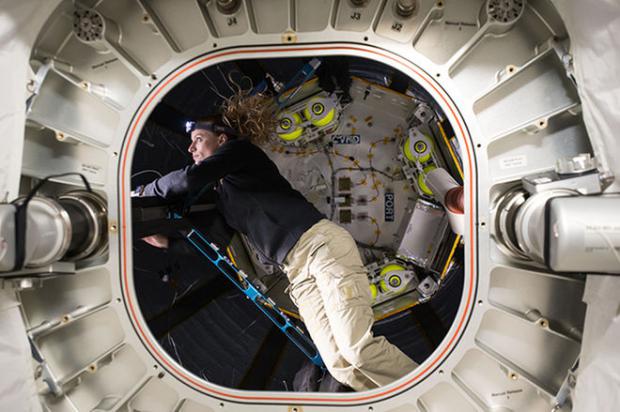
Breaking News
 Inside CES 2026: The Coolest Power Stations I Found
Inside CES 2026: The Coolest Power Stations I Found
 The Year Ahead in Sino-American Relations
The Year Ahead in Sino-American Relations
 Damning declassified documents and emails released by the CIA reveal...
Damning declassified documents and emails released by the CIA reveal...
 There are "Ghost Daycares" all throughout California. BILLIONS more stolen
There are "Ghost Daycares" all throughout California. BILLIONS more stolen
Top Tech News
 World's most powerful hypergravity machine is 1,900X stronger than Earth
World's most powerful hypergravity machine is 1,900X stronger than Earth
 New battery idea gets lots of power out of unusual sulfur chemistry
New battery idea gets lots of power out of unusual sulfur chemistry
 Anti-Aging Drug Regrows Knee Cartilage in Major Breakthrough That Could End Knee Replacements
Anti-Aging Drug Regrows Knee Cartilage in Major Breakthrough That Could End Knee Replacements
 Scientists say recent advances in Quantum Entanglement...
Scientists say recent advances in Quantum Entanglement...
 Solid-State Batteries Are In 'Trailblazer' Mode. What's Holding Them Up?
Solid-State Batteries Are In 'Trailblazer' Mode. What's Holding Them Up?
 US Farmers Began Using Chemical Fertilizer After WW2. Comfrey Is a Natural Super Fertilizer
US Farmers Began Using Chemical Fertilizer After WW2. Comfrey Is a Natural Super Fertilizer
 Kawasaki's four-legged robot-horse vehicle is going into production
Kawasaki's four-legged robot-horse vehicle is going into production
 The First Production All-Solid-State Battery Is Here, And It Promises 5-Minute Charging
The First Production All-Solid-State Battery Is Here, And It Promises 5-Minute Charging
 See inside the tech-topia cities billionaires are betting big on developing...
See inside the tech-topia cities billionaires are betting big on developing...
Blow It Up: Inflatable Space Station Habitat Shows Promise in Early Tests

Called the Bigelow Expandable Activity Module, or BEAM, the habitat is an inflatable spheroid made of fabric that starts off folded into a shape like a flattish cone with the top cut off. It was originally launched to the International Space Station (ISS) on April 8.
The first tests were in May. Crewmembers aboard the ISS expanded BEAM, using low pressure, and then allowed the air tanks inside the habitat to open and pressurize it to the same level as the space station — approximately one atmosphere.
Sensors inside the BEAM checked the module's temperature and how well its structure was responding to pressure. Astronauts didn't enter the BEAM until June, though, as there were extensive checks for leaks. (They found none.) NASA astronaut Jeff Williams was the first to enter the BEAM, and he added extra sensors to monitor the atmosphere inside it.

 Storage doesn't get much cheaper than this
Storage doesn't get much cheaper than this

